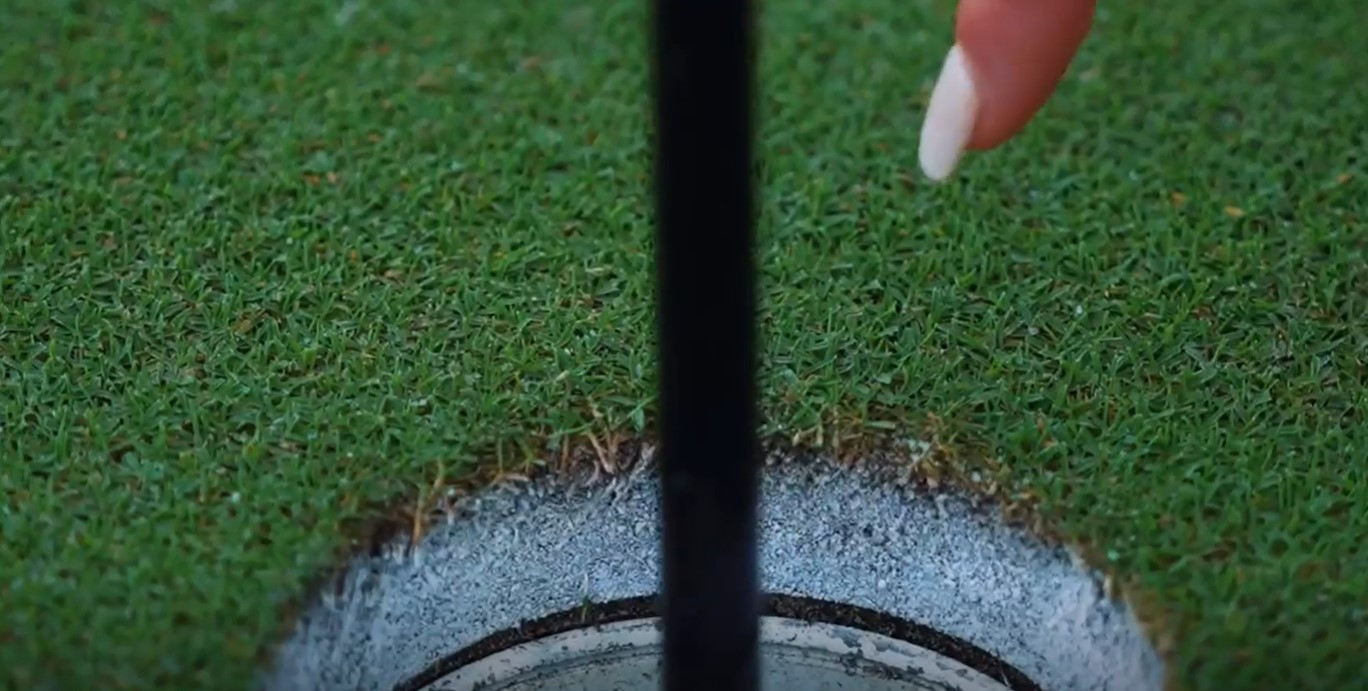Golf
Welcome and thanks for visiting...

How to Read Golf Green Grain Like a Pro

Golf announcers will sometimes comment that a player is putting into the grain or has a slippery putt-down grain. What exactly is grain on a putting green, and how does it affect ball roll?
If you're an avid golfer, you know that the condition of the green can make or break your game. One of the most challenging aspects of putting is reading the grain of the green. But with the right techniques and strategies, you can learn to read the green like a pro and improve your accuracy on the course.
Understand the Basics of Green Grain.
Before you can start reading the grain of the green, it's important to understand what it is and how it affects your putt. Green grain refers to the direction in which the grass blades on the green are growing. When you putt against the grain, the ball will slow down and break more than when you putt with the grain. It's important to take note of the direction of the grain before making your putt.
Numerous misunderstandings exist regarding grain and its formation on golf course greens. Grain does not consistently develop westward, following the descending sun, nor does it invariably grow in the direction of a body of water like a lake or the sea. The truth is, it remains uncertain what factors lead to the establishment of grain in specific orientations on putting surfaces. It is also possible for grain to exhibit growth in multiple directions within a single green.
Look for Clues on the Green.
To read the grain of the green like a pro, start by looking for clues on the green. The first thing to look for is the color of the grass. If the grass appears darker in one direction, it's likely that the grain is growing in that direction. You can also look for footprints or ball marks on the green, which can indicate the direction of the grain. Additionally, you can use your putter to feel the direction of the grain by running it along the surface of the green. By paying attention to these clues, you'll be able to make more accurate putts and improve your golf game.
Determine the Direction of the Grain.
To read the grain of the green like a pro, you need to determine the direction in which it is growing. Look for clues on the green, such as the color of the grass, footprints, and ball marks. You can also use your putter to feel the direction of the grain by running it along the surface of the green. Once you have determined the direction of the grain, you can adjust your putting technique accordingly to make more accurate putts. A quick way is to look at the hole. Wherever you see the dead part on the hole, it means that the green is growing in that direction.

Adjust Your Putting Line and Speed.
Once you have determined the direction of the grain on the green, it’s important to adjust your putting line and speed accordingly. If the grain is growing towards you, the ball will tend to slow down as it approaches the hole. In this case, you should aim to hit the ball with a little more speed to compensate for the slowing effect of the grain. On the other hand, if the grain is growing away from you, the ball will tend to speed up as it approaches the hole. In this case, you should aim to hit the ball with a little less speed to compensate for the speeding effect of the grain. Adjusting your putting line and speed based on the direction of the grain can make a big difference in your accuracy on the green.








